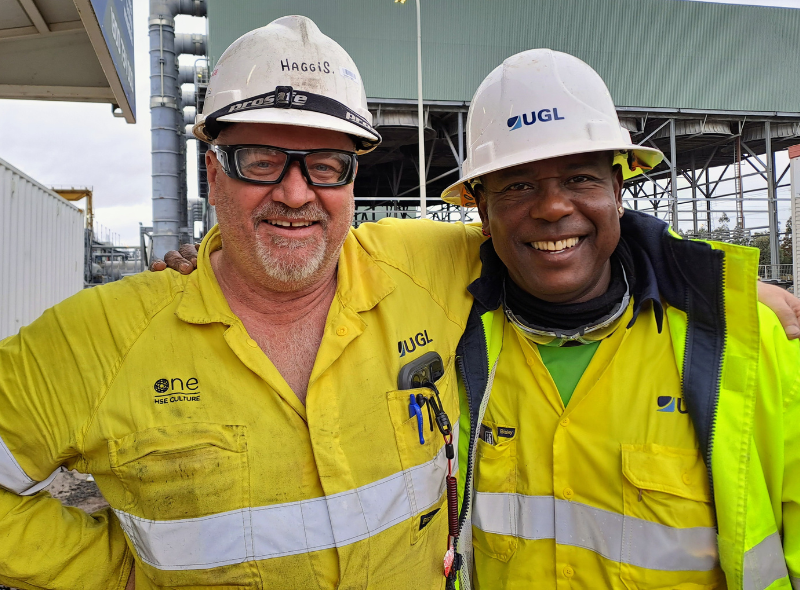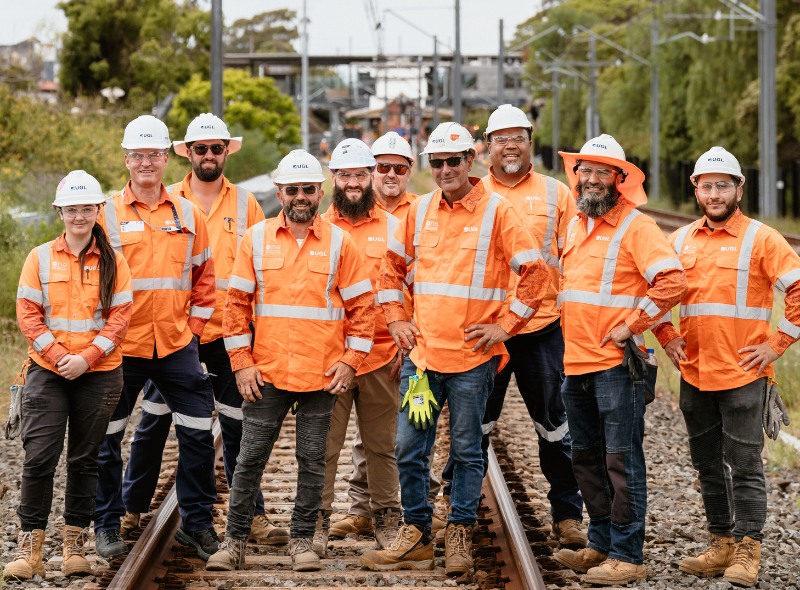Brisbane Busways
UGL delivers maintenance operations for the Brisbane Busways Network servicing over 32km of bus rapid transit to provide South East Queensland residents with a reliable and efficient public transport system.
Details
Location
BrisbaneStatus
CurrentSector
TransportExpertise
Client
Department of Transport & Main Roads
Brisbane Busway network
The Brisbane Busway network consists of four main links – the South East, Inner Northern, Northern and the Eastern Busways – operated by TransLink Transit Authority (Translink) and covering a 32km network of swift-moving bus-only corridors. Since the busways began operating 17 years ago, patronage has grown remarkably, and today the busways deliver South East Queensland residents with reliable and efficient public transport. South East Busway carries more than 150,000 passengers a day and the inner Northern Busway carries more than one million passengers each month.
During peak periods, up to 294 buses per hour – or one every 12 seconds - can pass through the network’s busiest point, just north of Woolloongabba Station on the South East Busway.
Project details
Project scope
For the past 10 years UGL has been engaged by the Department of Transport and Main Roads (TMR) to maintain the Brisbane Busways’ networks. UGL delivers the preventative maintenance contract which includes maintenance of mechanical, electrical, fire and safety, and intelligent transport systems (ITS).
Scope of the assets maintained include:
- over 700 closed circuit television cameras (CCTV)
- fire detection, warning, deluge, sprinkler & hydrant systems
- 81 automatic sliding doors
- digital video recording & archiving systems
- traffic & tunnel signals
- air quality monitoring
- access control & security systems
- networking (CISCO switches)
- hearing augmentation systems
- public address systems
- emergency communications systems
- building management & high-volume air conditioning
- smoke fans & ventilation control
- lighting & lighting control
Preventative maintenance is a life cycle program delivered by UGL to undertake all corrective repairs and heavy maintenance program of works.
Project objectives
In providing maintenance services, UGL’s main objectives include:
- Quality asset management through effective and reliable equipment life-cycles that minimise disruption to Translink and the TMR
- Ensuring availability and continuity of Fire and Life Safety Services and maintaining regulatory compliance
- Operating and maintaining assets in line with their design intent
- Reporting of asset condition and advising recommended corrective actions that support the best interests of Translink and the TMR
- Ensuring preventative maintenance is completed on time and corrective repairs are actioned according to the priority of the affected asset
Asset Stewardship
On the Busway project, asset data plays a key role in predicting the end of life timeframes for key assets.
As the original maintenance provider for the busways network, UGL has managed and developed the asset database from the existing small base of assets, to what we look after today totalling more than 9000 individual assets. In line with this growth, UGL has developed and deployed an asset database to support the service delivery. Key features of the database include: automated work order generation, streamlining of operational processes, timely and accurate communications between Translink, TMR, UGL and sub-contractors.
The database developed by UGL provides the TMR with a predictive process schedule replacements or servicing of key assets to minimise disruptions to services.
At any point in time UGL and the TMR can determine exactly how many assets are in good working order and how many are out of service requiring investigation.
Value added
UGL has initiated and delivered many innovations throughout the life of this contract. For example:
- In early 2018, the access control system on the Busway failed posing a significant operating risk to the TMR and Translink. UGL successfully identified and replaced the control system to ensure all access control field equipment remained in service. This project will deliver provide significant cost savings to the TMR
- UGL delivered significant savings by consolidating two chilled water air conditioning systems. The project scope retired one chiller plant, installed two new pumps and 800 metres of chilled water pipework and completed a major control system overhaul. UGL delivered the project in three months, ahead of schedule, resulting in a commendation from TMR, based on:
- reduced plant and ongoing maintenance costs
- delivered the TMR estimated electricity savings of over $100,000 per year
- increased redundancy of the new combined system and asset utilisation of remaining equipment
- replaced fluorescent bus station lighting at 22 stations on the Busway network to deliver:
- improved lighting levels and safer environment for passengers
- reduced energy consumption and
- improved reliability of the light fittings
- UGL identified six fire detection systems approaching end of life and no longer supported by the manufacturers. UGL proposed replacing each system and moving to a common supplier to improve consistency and reduce the number of critical spare parts. UGL replaced the systems during agreed and short shut down timeframes without no disruption to services
- UGL has demonstrated the ability to respond to significant events at very short notice
- In 2013, a water main burst at the city’s main bus station causing extensive damage to the fire protection systems. UGL sourced and connected a temporary water supply system that kept the bus station open to the public
- In 2012, extreme weather events threatened to close the Busway. The UGL worked tirelessly to install generators and temporary power supplies to critical communication hubs to keep the Busway open
- In the aftermath of the 2011 floods in Brisbane, the UGL team rebuilt an entire switch room at a key station in one weekend, allowing the Busway to remain fully open to the public on time. UGL team installed ‘self-cleaning’ glass in CCTV and new technology cameras fitted in enclosures to provide better quality images and extends period between cleaning cycles
- UGL team installed new technology IP cameras in nominated locations resulting in superior image quality and night vision over the existing analogue cameras. This has reduced maintenance costs while delivering exception image clarity to better support Translink operators

Our culture

